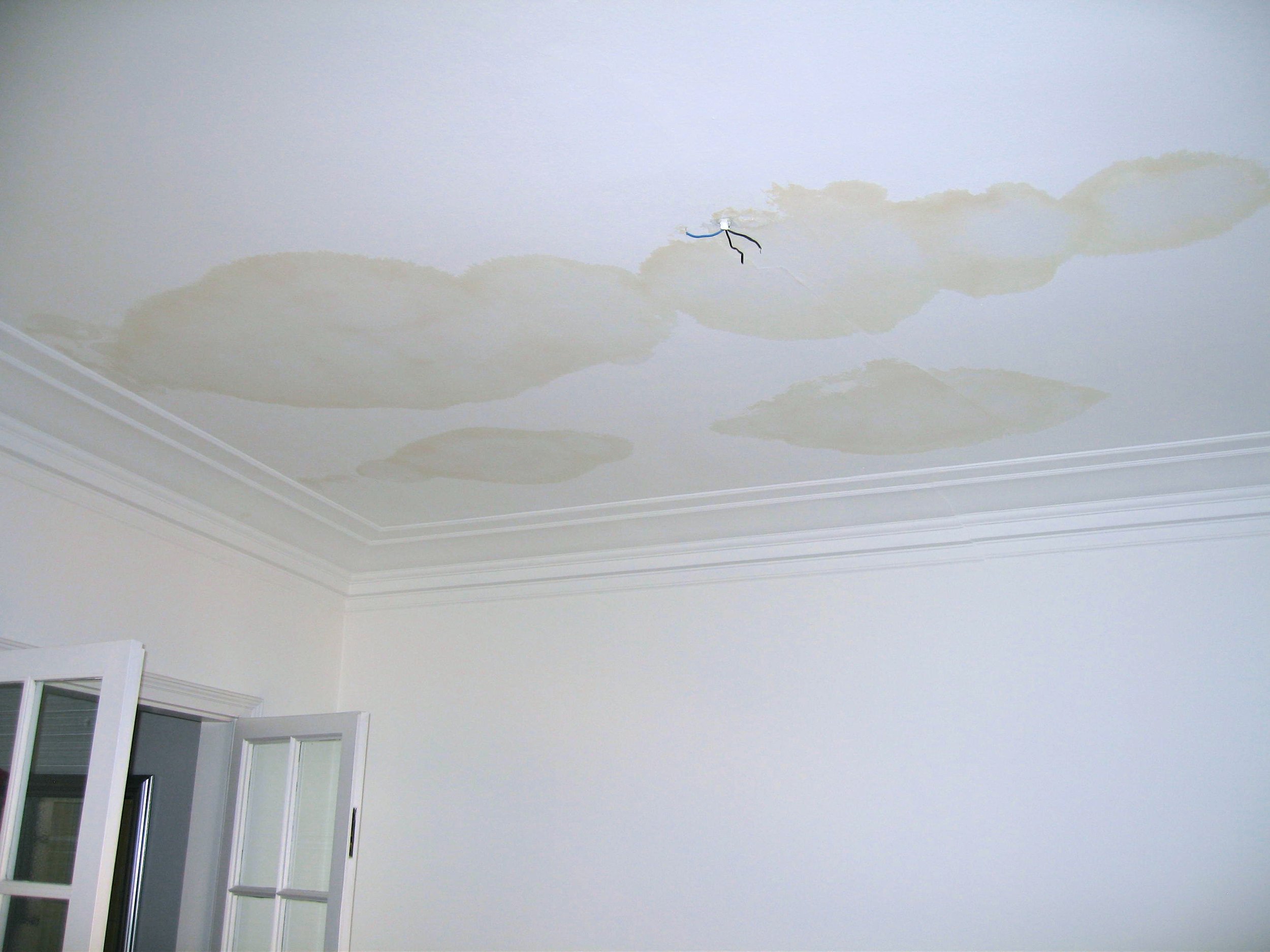MOULD AND WATER DAMAGE
Typical Mould and Water Damage Services Provided by Safetech
Mould Assessments
Water Damage/Flood Assessments
Moisture Mapping for Catastrophic Losses
Design, Implementation and Management of Mould Remediation / Water Damage Restoration Projects
Mould Air Sampling and Surface Testing
Design and Implementation of Mould Management Programs
Surface Sampling for Sewage Indicator Bacteria
Mould Awareness and Remediation Training
Mould Management Programs
Mould - What’s Normal and What’s Not?
Mould is a normal component of the outdoor environment virtually everywhere you look. Mould spores become airborne and are not visible to the naked eye. They float through the air, carried by wind currents. Therefore, the detection of mould spores in indoor air that reflects the composition of mould spores found in outdoor air is normal.
Mould spores in the air will eventually land on a surface, and if the conditions are right, the spores will begin to grow, producing other structures and forming colonies, which eventually become large enough where they are visible to the naked eye. Mould growth on surfaces inside a building is not normal. This indicates a problem that is usually related to water infiltration, condensation, or high humidity, as water availability is one of the key requirements for mould growth.
What Should I do if I Have Mould Growth?
Treating mould in place or covering it up is not an industry-recommended practice. If mould growth is identified indoors it should be removed. If not, it can lead to a deterioration of building materials and may cause adverse health effects for susceptible building occupants.
Unless considered minor and because of the potential for adverse health effects, indoor mould growth should be removed by trained personnel using appropriate personal protective equipment (PPE) and control measures to prevent the spread of mould outside of the work area. Although there are no regulations in Canada specific to mould, there are several reputable organizations that provide standards and guidelines for the assessment and remediation of mould contamination. In general, the level of PPE and extent of control measures recommended by these standards and guidelines is based on the amount of mould growth present (and not the type of mould).
In addition to removing the mould, the underlying cause of mould growth needs to be determined and fixed. Otherwise, there is a good chance that the mould will grow back. There are many potential causes of mould growth. A few common causes include:
Poor building design or construction
Leaks from water supply lines and associated appliances/fixtures
Roof leaks or other building envelope failures
Poor building or equipment maintenance
A lack of or improper operation of ventilation, dehumidification or humidification equipment
Tenant-related activities/hobbies (e.g., excessive indoor plants, fish tanks, cooking)
Poor housekeeping
Catastrophic events (e.g., floods, tornados, hurricanes, heavy rains, ice storms)
Water Damage vs. Mould
In some instances, water damage can be just as destructive and costly to clean up as mould growth. If the water damage came from an unsanitary source (e.g., a sewer back-up or flood waters arising from rivers or streams), removal of impacted building materials that are porous in nature is generally required. However, in other instances, building materials may be salvageable if impacted by a sanitary water source (e.g., a broken water supply line or melting snow). In these situations, it is important to respond to the water damage event as quickly as possible by having a professional restoration company on site to initiate drying and other mitigative measures. The industry rule of thumb is that these measures should be taken within 72 hours. Otherwise, there is a greater chance of mould growth setting in, resulting in added complexities, hazards and costs to the clean-up.
Protect those that Matter
Identifying the location and extent of mould and water damage is often difficult. Mould can be hidden within walls, underneath flooring or within ceiling cavities while water can often travel long distances from the source and impact susceptible building materials (such as drywall) without being visible. It is important that the full extent of damage is identified and that a proper scope for remediation is provided. Safetech has extensive experience in assessing, overseeing and verifying mould and water damage restoration projects. Our team of WRT, AMRT and ASD-certified personnel provide industry-leading response times and use state-of-the-art equipment and qualified laboratories to aid in our assessments. Our Insurance & Disaster Consulting Group provides specialized services for the insurance industry, working closely with insurers, adjusters, the insured and disaster restoration companies.






